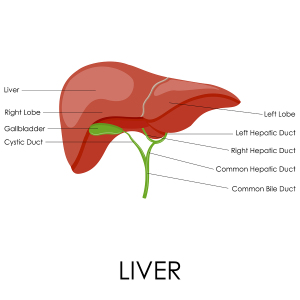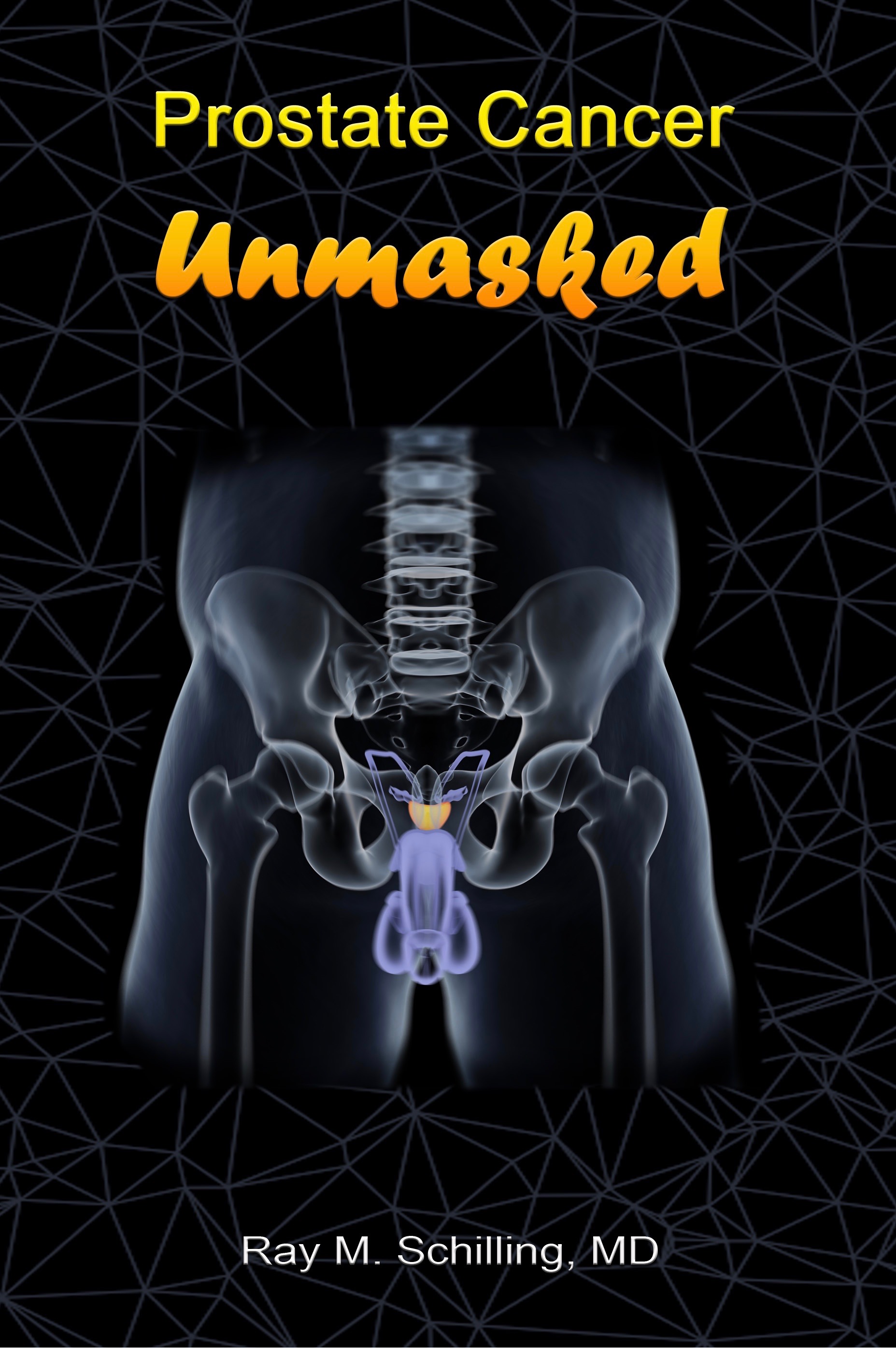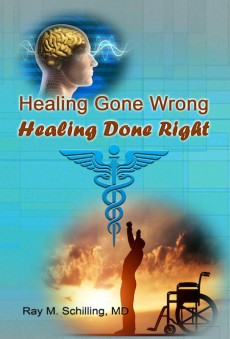Introduction
On the positive side, when the bile ducts are open and functioning normally life is pleasant, but on the negative side, a common bile duct stone is causing trouble.
Sometimes a gall stone, perhaps from gall stones in the gall bladder, eventually finds its way into the common bile duct and gets caught at the sphincter of Oddi. It is there where the common bile duct opens into the duodenum. Suddenly several things happen at the same time.
There is an excruciating biliary colic in the right abdomen, the bile flow is interrupted and the bile that continues to be produced backs up into the liver causing jaundice. The backed up bile is an excellent growth medium for bacteria such as E. coli or salmonella strains. As a result infections are common.
Symptoms
Therefore, fever, right abdominal pain with colics, jaundice, nausea, vomiting are the common symptoms. The stone may press on the main pancreatic duct, in which case there would be an acute pancreatitis on top of the other symptoms (see symptoms there). The patient may be very sick.
Treatment
The objective is to remove the stone. To achieve this, the physician (gastroenterologist and/or general surgeon) wants to localize the stone exactly. This is done with a combination of one or several of the following tests: ultrasound, CT scan, ERCP, percutaneous transhepatic cholangiography. The most elegant way to remove a stone in the common bile ducts is through an endoscopic retrograde spincterotomy with the ERCP endoscope. This method has the least mortality and complication rate. However, if this is technically difficult or impossible to do, then the surgeon can do the traditional surgery through an abdominal incision, opening the common bile duct this way and removing the stone. Furthermore, the physician treats infection with intravenous antibiotics.
References
1. DM Thompson: The 46th Annual St. Paul’s Hospital CME Conference for Primary Physicians, Nov. 14-17, 2000, Vancouver/B.C./Canada
2. C Ritenbaugh Curr Oncol Rep 2000 May 2(3): 225-233.
3. PA Totten et al. J Infect Dis 2001 Jan 183(2): 269-276.
4. M Ohkawa et al. Br J Urol 1993 Dec 72(6):918-921.
5. Textbook of Primary Care Medicine, 3rd ed., Copyright © 2001 Mosby, Inc., pages 976-983: “Chapter 107 – Acute Abdomen and Common Surgical Abdominal Problems”.
6. Marx: Rosen’s Emergency Medicine: Concepts and Clinical Practice, 5th ed., Copyright © 2002 Mosby, Inc. , p. 185:”Abdominal pain”.
7. Feldman: Sleisenger & Fordtran’s Gastrointestinal and Liver Disease, 7th ed., Copyright © 2002 Elsevier, p. 71: “Chapter 4 – Abdominal Pain, Including the Acute Abdomen”.
8. Ferri: Ferri’s Clinical Advisor: Instant Diagnosis and Treatment, 2004 ed., Copyright © 2004 Mosby, Inc.







